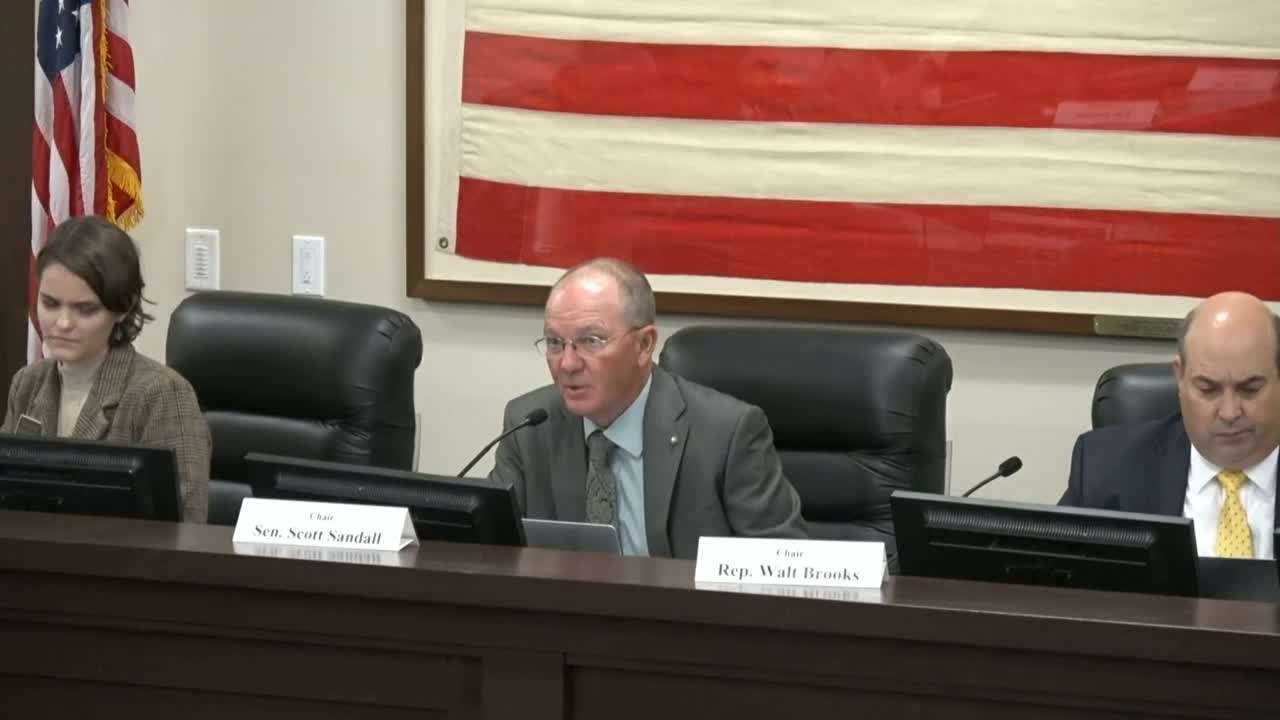Rocky Mountain Power faces scrutiny over proposed rate increase
August 21, 2024 | Utah Interim, Utah Legislative Branch, Utah
This article was created by AI summarizing key points discussed. AI makes mistakes, so for full details and context, please refer to the video of the full meeting. Please report any errors so we can fix them. Report an error »

Rocky Mountain Power officials presented a significant rate increase request during a recent government meeting, emphasizing the regulatory process that governs such changes. D*** Garlish, the president of Rocky Mountain Power, and Tom Carter, vice president of government affairs, outlined the complexities of the rate case process, which involves a lengthy and adversarial review by the Public Service Commission.
Garlish explained that the utility must demonstrate the prudence of its investments and the necessity of the requested rate increase, which could take over a year to resolve. The process includes extensive discovery, where interveners—such as industrial groups and citizen organizations—can question the utility's financial decisions and expenditures. The commission ultimately decides whether the proposed costs are justified.
The proposed rate increase is primarily driven by rising coal prices, with an average customer expected to see a $24.14 increase over two years. However, Garlish noted that the initial request could be adjusted as more evidence is presented during the contested case process. He clarified that while there is an opportunity for a return on investment, it is not guaranteed, and the utility must substantiate its claims to the commission.
Concerns were raised by legislators regarding the impact of the rate increase on Utah residents, with some questioning the rationale behind the proposed 30% hike. Garlish assured them that the request is based on thorough financial analysis and historical regulatory precedents, not arbitrary figures.
In a related discussion, the utility's reliance on wind energy as a mitigating factor against coal price increases was highlighted, indicating a balanced approach to energy sourcing. The meeting concluded with a request for Rocky Mountain Power to explore alternative structural scenarios that could better align with Utah's policy objectives, with a report expected by November.
Garlish explained that the utility must demonstrate the prudence of its investments and the necessity of the requested rate increase, which could take over a year to resolve. The process includes extensive discovery, where interveners—such as industrial groups and citizen organizations—can question the utility's financial decisions and expenditures. The commission ultimately decides whether the proposed costs are justified.
The proposed rate increase is primarily driven by rising coal prices, with an average customer expected to see a $24.14 increase over two years. However, Garlish noted that the initial request could be adjusted as more evidence is presented during the contested case process. He clarified that while there is an opportunity for a return on investment, it is not guaranteed, and the utility must substantiate its claims to the commission.
Concerns were raised by legislators regarding the impact of the rate increase on Utah residents, with some questioning the rationale behind the proposed 30% hike. Garlish assured them that the request is based on thorough financial analysis and historical regulatory precedents, not arbitrary figures.
In a related discussion, the utility's reliance on wind energy as a mitigating factor against coal price increases was highlighted, indicating a balanced approach to energy sourcing. The meeting concluded with a request for Rocky Mountain Power to explore alternative structural scenarios that could better align with Utah's policy objectives, with a report expected by November.
View full meeting
This article is based on a recent meeting—watch the full video and explore the complete transcript for deeper insights into the discussion.
View full meeting

